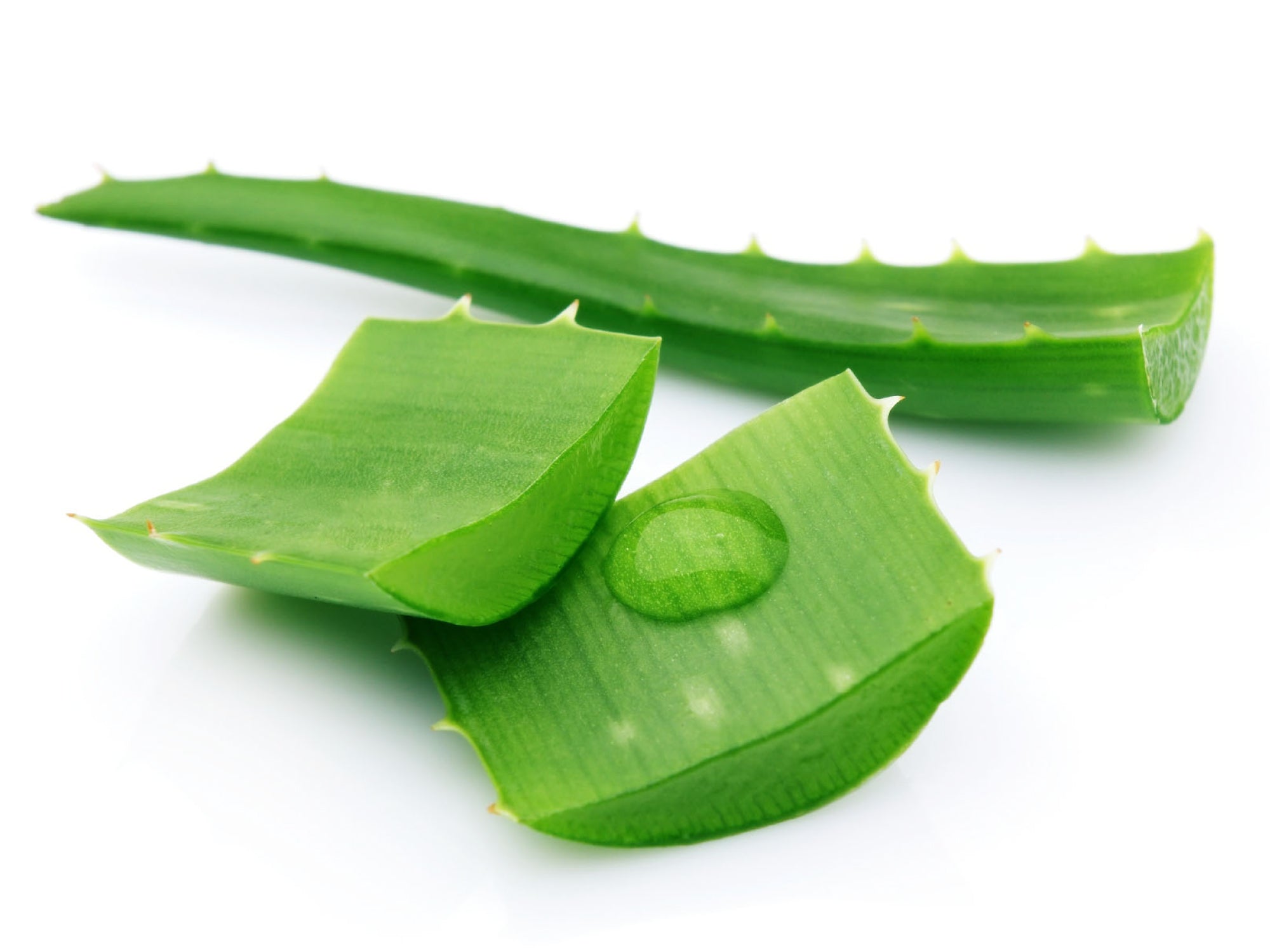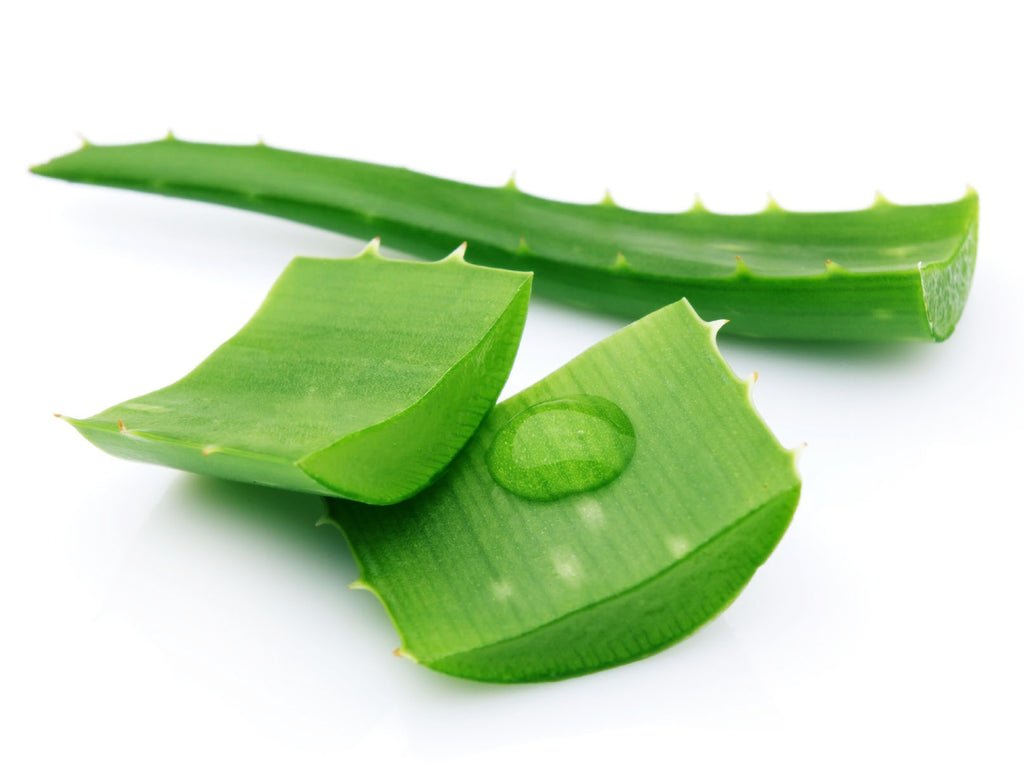One of the things we’re asked most about at Balmonds is hyperpigmentation. It’s an under-acknowledged condition and can cause a lot of distress; here we look at what causes it and what can help.
What is hyperpigmentation?
Hyperpigmentation can occur as a result of various different skin issues, whether from trauma, post-eczema scarring, other damage to the deeper layers of skin, or the aging process. It’s caused by melanin gathering in patches of skin, which end up darker than the surrounding areas.
Although it can happen to people of all races and skin colours, it is both under-acknowledged and more intensely manifested in skin of colour. For a personal account of how hyperpigmentation can affect confidence, read Alaa Hassan’s excellent article Post-Inflammatory Hyperpigmentation: My Flaky Relationship With My Skin Disorder.
What can you do to help hyperpigmented skin?
We’re often asked which ingredients can help return the skin to its previous tone, but the answer is that there is no easy, quick cure. Hyperpigmentation will usually fade away over time, as the skin gradually repairs itself, but this can take years. What you can do is support the process of regeneration so that your skin is in the best possible condition to repair itself.
You can do this in four important ways:
- Reduce the risk of further damage
- Support regeneration with nutritious ingredients
- Support repair by keeping skin well moisturised
- Reduce inflammation
How you avoid further damage will depend on what’s caused the problem! If your hyperpigmentation is down to damaged caused by eczema, then managing your flare-ups is crucial. Find an emollient that works for you without irritating your skin, and be meticulous about applying it!
It’s also wise to reduce your skin’s exposure to sun, using high-factor, non-irritant sun screens.
What ingredients will support the regeneration of healthy skin?
In order to support the regeneration of the affected skin, ply it with the nutrients and natural anti-inflammatories it needs for its ongoing cycle of renewal! That means vitamin E and aloe vera are both good choices, and you can add shea butter, rosehip, borage, hemp seed and calendula to that list!
All these plant-based ingredients are known for their skin-kind properties, and contain substances that can reduce inflammation and support skin repair.
You'll also need to make sure that your skin is well supplied with moisture, which is as crucial to the rebuilding of skin cells as vitamins, minerals and fats.
So keep any areas of hyperpigmentation well-moisturised, well-nourished and as free as possible from irritation or inflammation, and over time you should see an improvement in your skin’s appearance.
We recommended these three Balmonds products that can be used in tandem to nourish, moisturise and even out hyperpigmented skin:
An oil:
Balmonds Rosehip Scar Oil
with Rosehip
A balm:
Balmonds Skin Salvation
with hemp and beeswax
A cream:
Balmonds Cooling Cream
with shea, menthol, aloe vera & lavender

